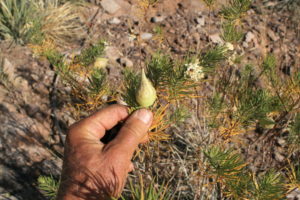 For me, every good story about a native plant starts with the source of the plant, its provenance. Then the story follows. I can sit and read books on medicinal plants or books about edible native plants or ethnobotany and enjoy them as much as a good book of short stories, because those types of plant books give me the provenance and short stories as well. Sometimes too, I feel as if I’m learning another language as I read about the uses of native plants by indigenous people or any of the people that were in the southwest long before you and me.
For me, every good story about a native plant starts with the source of the plant, its provenance. Then the story follows. I can sit and read books on medicinal plants or books about edible native plants or ethnobotany and enjoy them as much as a good book of short stories, because those types of plant books give me the provenance and short stories as well. Sometimes too, I feel as if I’m learning another language as I read about the uses of native plants by indigenous people or any of the people that were in the southwest long before you and me.
In the commercial plant business, I can guarantee you that the provenance of many plants is long lost and the seed or cuttings of plants are gathered in a median on Speedway Blvd in Tucson or in front of a Bank of America at some busy intersection. I suppose a good story could be found, but not the one I want.
Native seeds and plants come with stories. Ask for them and share them.
Some notes: The photos of Asclepias linaria were taken in the Galiuro Mountains. The photo of the milkweed in 1 gallon containers is poor, but it’s not a bad shot of Farley. And a big “HEY” to Micki, Merna, Tony, Roger, and of course John and Lynette up at Desert Trees Nursery northwest of Tucson. It’s like going home.
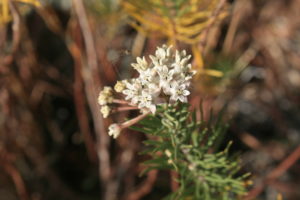
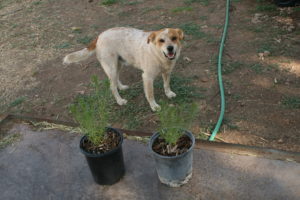
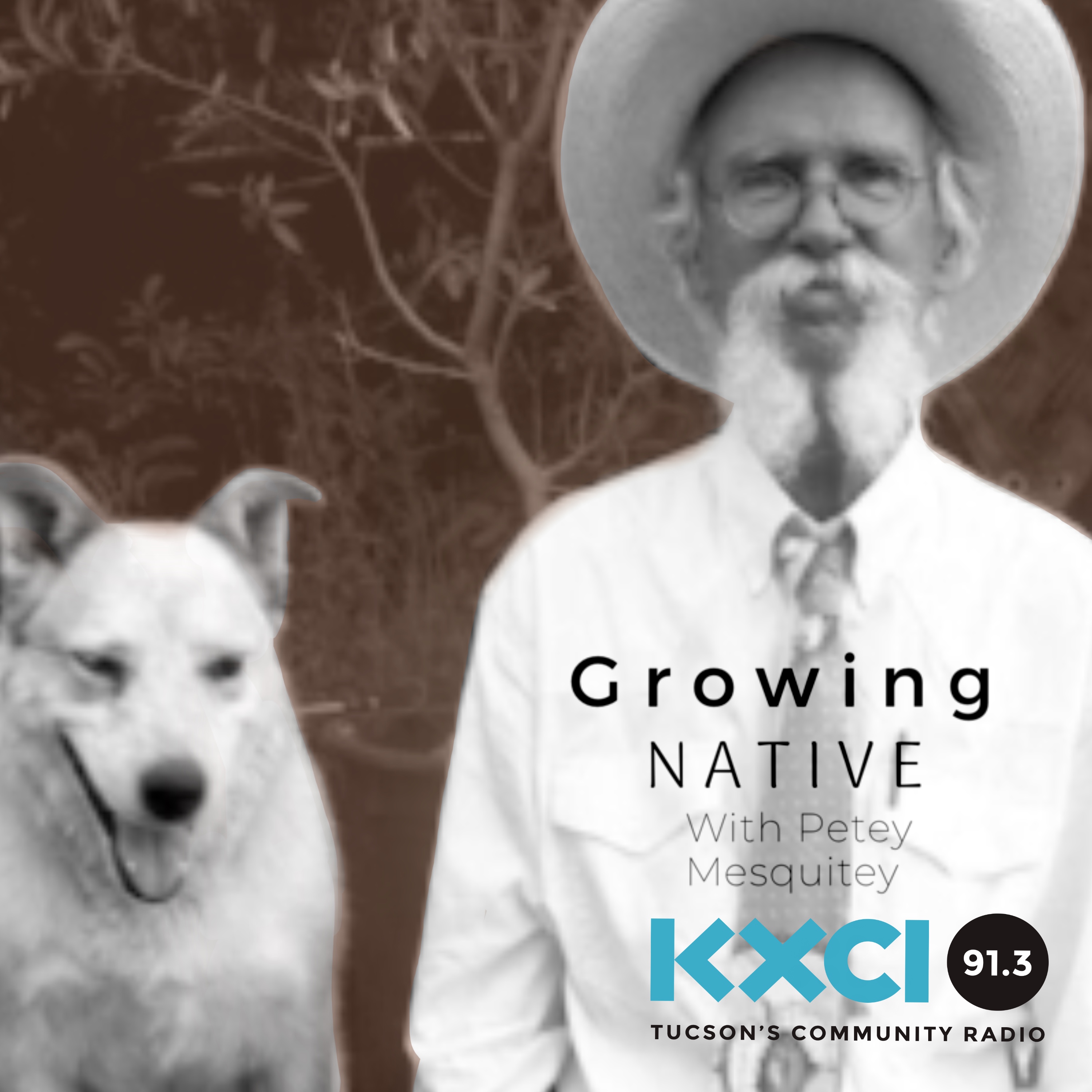
Happy Holidays! I have a bunch of photos from Christmas tree hunts and most of them are 35 mm slides. These few here were...

Western soapberry is Sapindus saponaria var. drummondii and is in the family Sapindaceae. In the soapberry family there are around twelve species. I say...
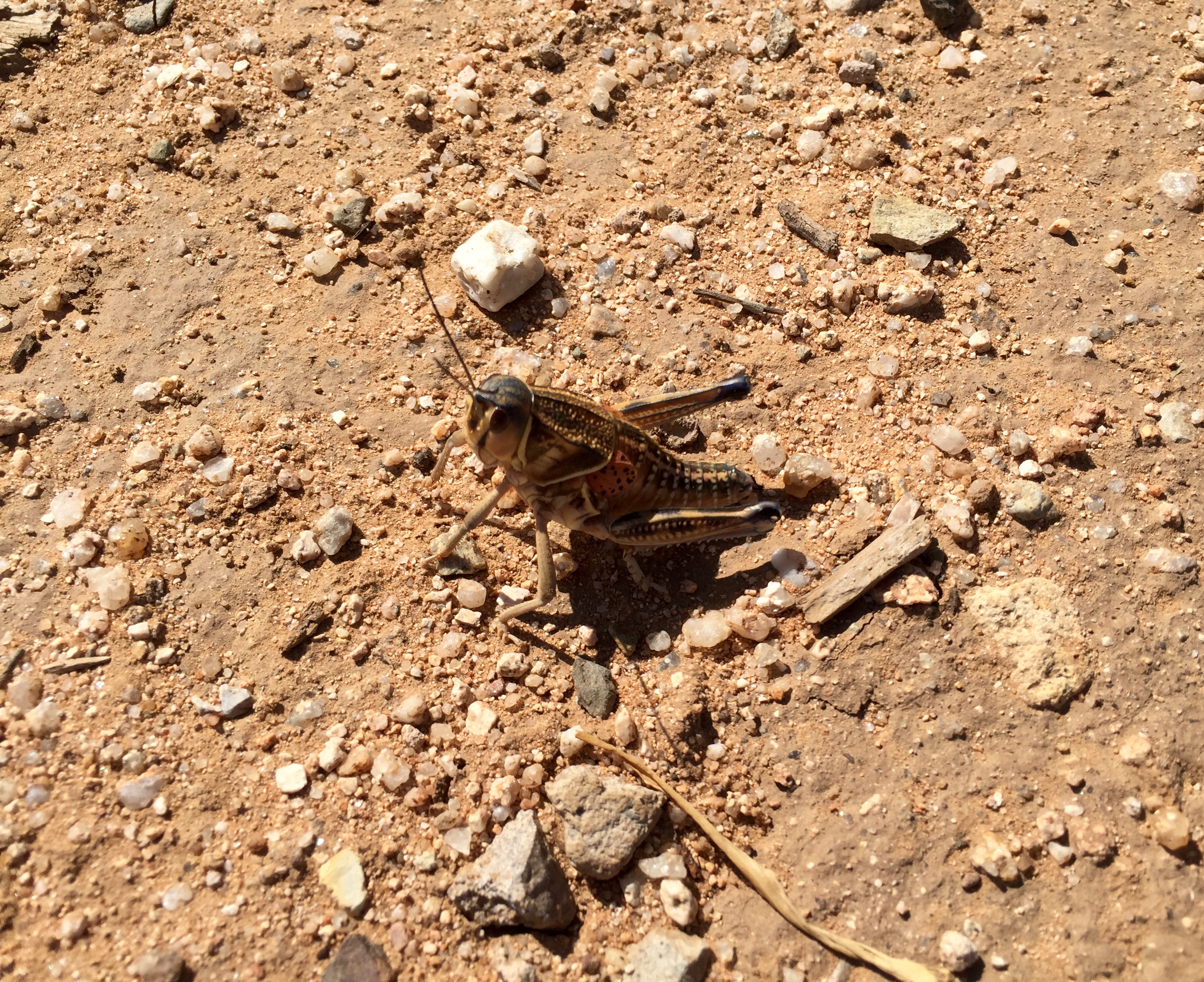
There are five species of lubber grasshoppers found in the United States and two of those species are found here in the borderlands; the...